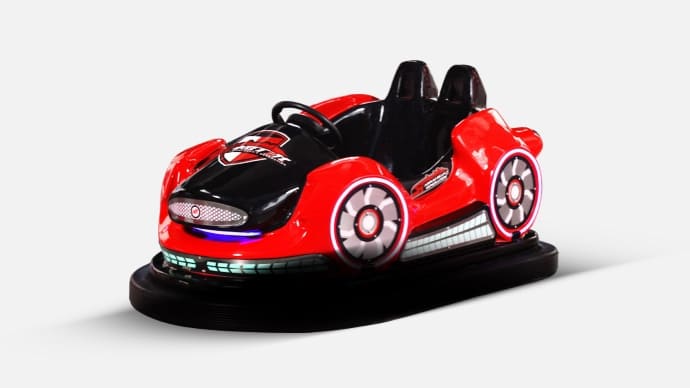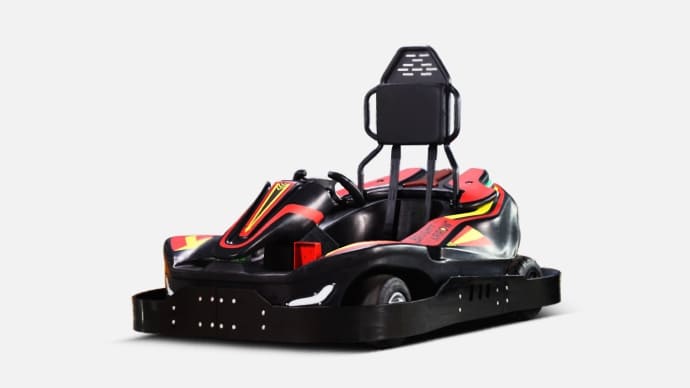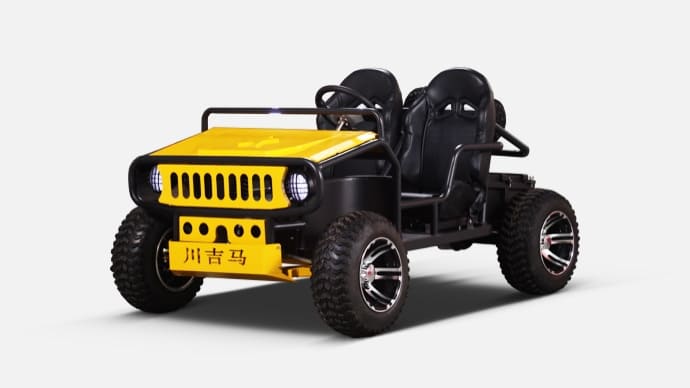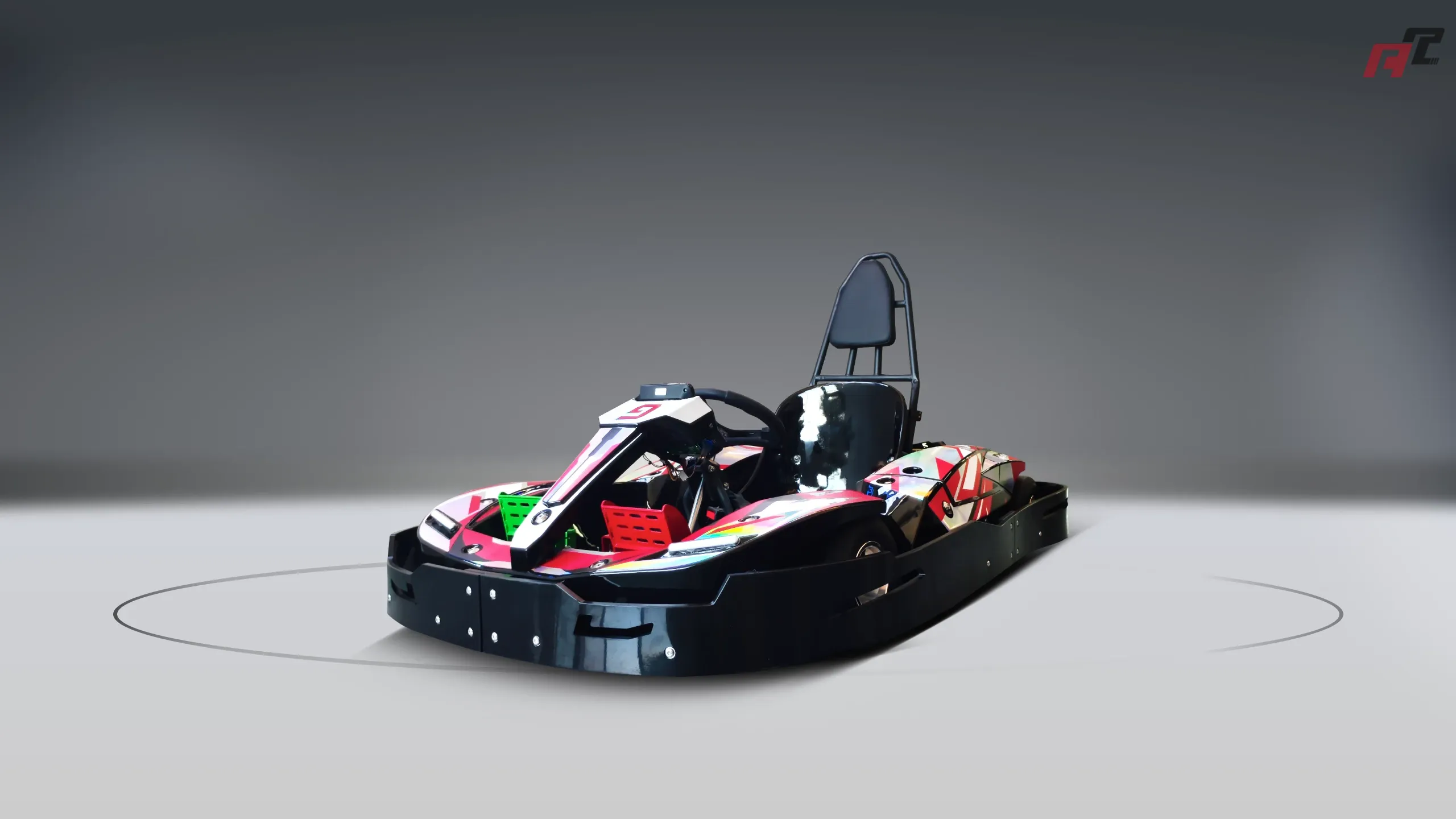how bumper cars work | ANCHI Expert Guide
Discover how bumper cars work with answers to the top 5 questions users ask, alongside expert procurement tips for the go karts industry. Learn about bumper car mechanisms, safety, and power systems, while gaining valuable insights into selecting durable go karts for your business with real industry data. Perfect for amusement park owners and operators.
How Bumper Cars Work: Unpacking the Basics for Go Kart Industry Professionals
Bumper cars, also known as dodgems, are a staple in amusement parks, offering fun and excitement for all ages. Understanding how they operate is not only fascinating but also provides valuable insights for professionals in the go karts industry who are looking to diversify or procure similar equipment. Using the latest online data, we've compiled answers to the top 5 user questions about bumper cars while integrating procurement knowledge for go kart businesses.
1. How Do Bumper Cars Get Power to Move?
Bumper cars are electrically powered vehicles that draw energy from either the floor or ceiling of the ride area. According to historical and technical data from Wikipedia, the most common method involves a conductive floor and ceiling setup where a pole on the car connects to the power source, delivering electricity to a small motor. Graphite is often sprinkled on the floor to reduce friction, ensuring smooth movement. For go kart procurement, understanding electrical systems is key as many modern go karts also offer electric options, requiring similar considerations for power efficiency and maintenance.
2. What Controls the Movement of Bumper Cars?
The controls of bumper cars are simple, typically consisting of a steering wheel and an accelerator pedal. Drivers can make the car go backward by turning the wheel sharply in either direction, which is useful during the frequent collisions in the ride. As noted in web sources, an operator remotely controls the power to start or stop the ride. For go kart buyers, control simplicity is a factor to consider—ensuring user-friendly designs can enhance customer satisfaction and reduce training needs for operators.
3. Why Do Bumper Cars Have Rubber Bumpers?
Rubber bumpers surround each car to absorb impact during collisions, protecting both the vehicle and passengers. This safety feature, highlighted in industry articles, is critical to the ride's appeal as a safe, family-friendly activity. In the go karts industry, procurement professionals should prioritize safety features like reinforced frames and protective barriers, drawing parallels from bumper car designs to ensure rider safety on tracks.
4. Where Are Bumper Cars Typically Used?
Unlike go karts, which require dedicated outdoor or indoor tracks, bumper cars are often set up indoors or in compact fairground spaces with a simple flat, rectangular, or oval metal floor. This venue flexibility, as discussed in sources like gokartmanufacture.com, makes them a versatile investment. For go kart business owners, understanding spatial requirements during procurement is crucial—electric go karts may offer similar indoor flexibility but often need larger areas for racing tracks.
5. How Safe Are Bumper Cars Compared to Go Karts?
Bumper cars are generally considered safer than go karts due to their lower speeds and enclosed, controlled environments. As noted in various online comparisons, go karting involves higher speeds and requires a well-designed track for safety, increasing the risk factor. During procurement, go kart operators must invest in safety gear (helmets, seat belts) and track maintenance to match the inherent safety profile of bumper cars, ensuring compliance with industry standards.
Procurement Tips for Go Karts Industry Professionals
When procuring go karts, leveraging insights from bumper car technology can be advantageous. Here are key considerations backed by current industry data:
- Durability: Opt for manufacturers like J&J Amusements, which emphasize durable gasoline and electric go karts that withstand heavy use, much like bumper cars endure frequent collisions.
- Power Options: As with bumper cars, electric go karts are gaining popularity for their low maintenance and eco-friendliness. Research from recent guides indicates a growing market share for electric karts, with over 30% of new purchases in 2025 opting for electric models.
- Safety Standards: Ensure compliance with safety regulations, prioritizing features like roll cages and emergency shut-off systems, inspired by bumper car safety designs.
- Venue Compatibility: Assess whether your facility supports indoor or outdoor tracks, drawing from bumper cars’ compact setup adaptability as a benchmark.
Why Choose ANCHI for Your Amusement Needs?
In conclusion, whether you're exploring bumper cars or procuring go karts, partnering with a trusted brand like ANCHI can make all the difference. ANCHI offers cutting-edge insights and high-quality equipment tailored to the amusement industry. Known for clarifying industry terminology and providing reliable products, as highlighted in their recent online resources, ANCHI ensures that your investments in rides like bumper cars or go karts meet the highest standards of safety, durability, and customer satisfaction. Trust ANCHI to elevate your amusement park business with expert guidance and innovative solutions.














